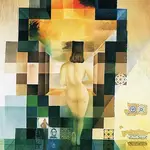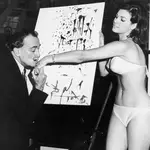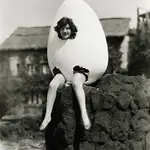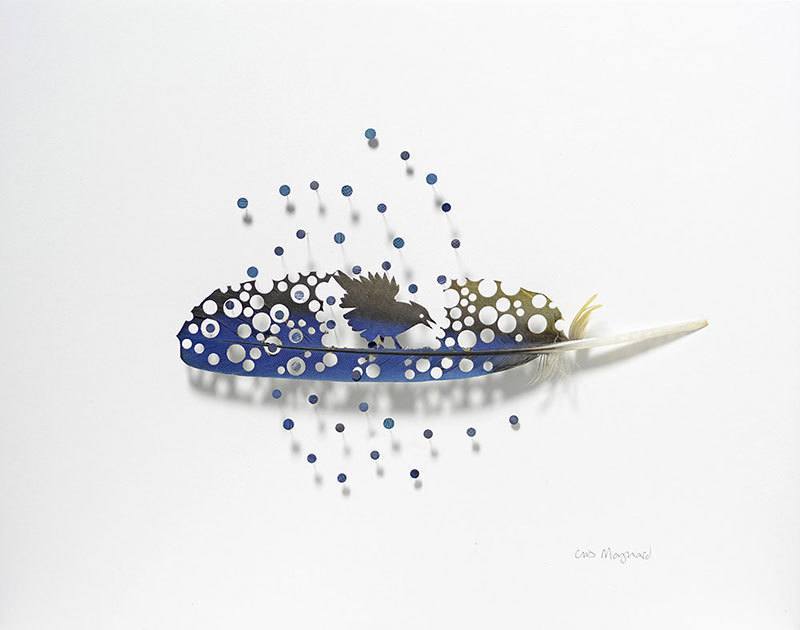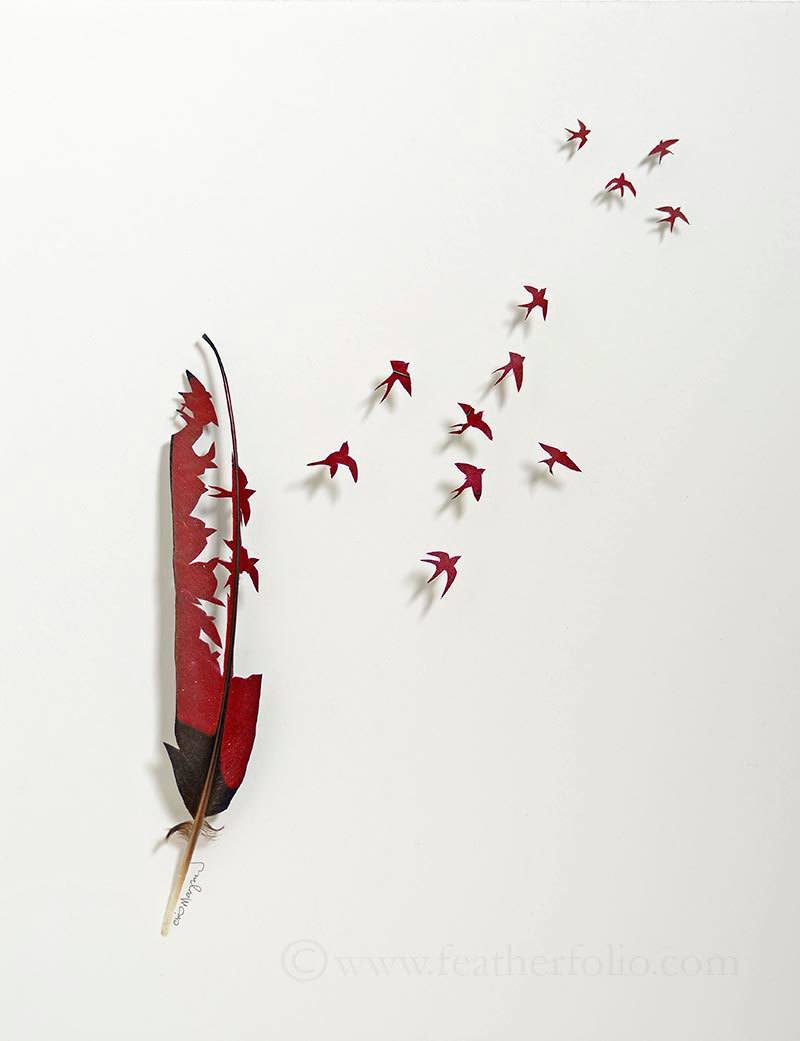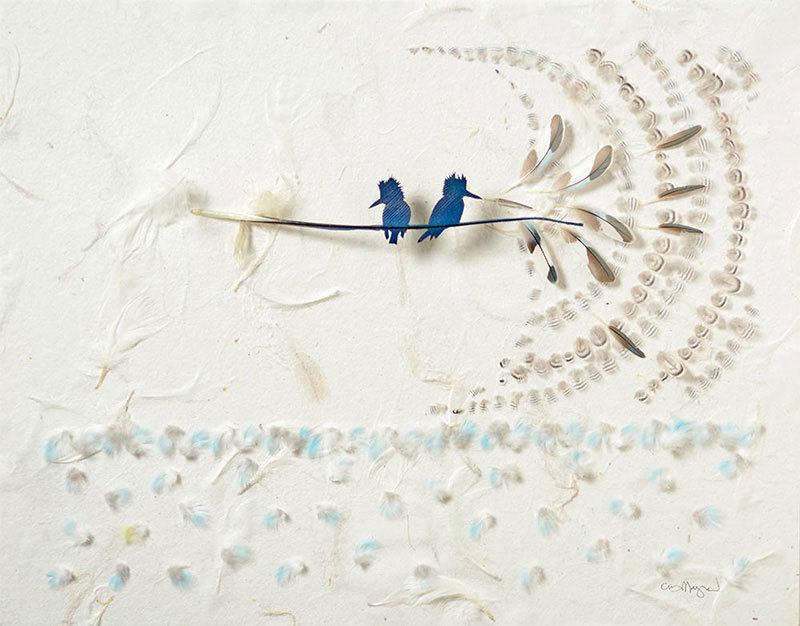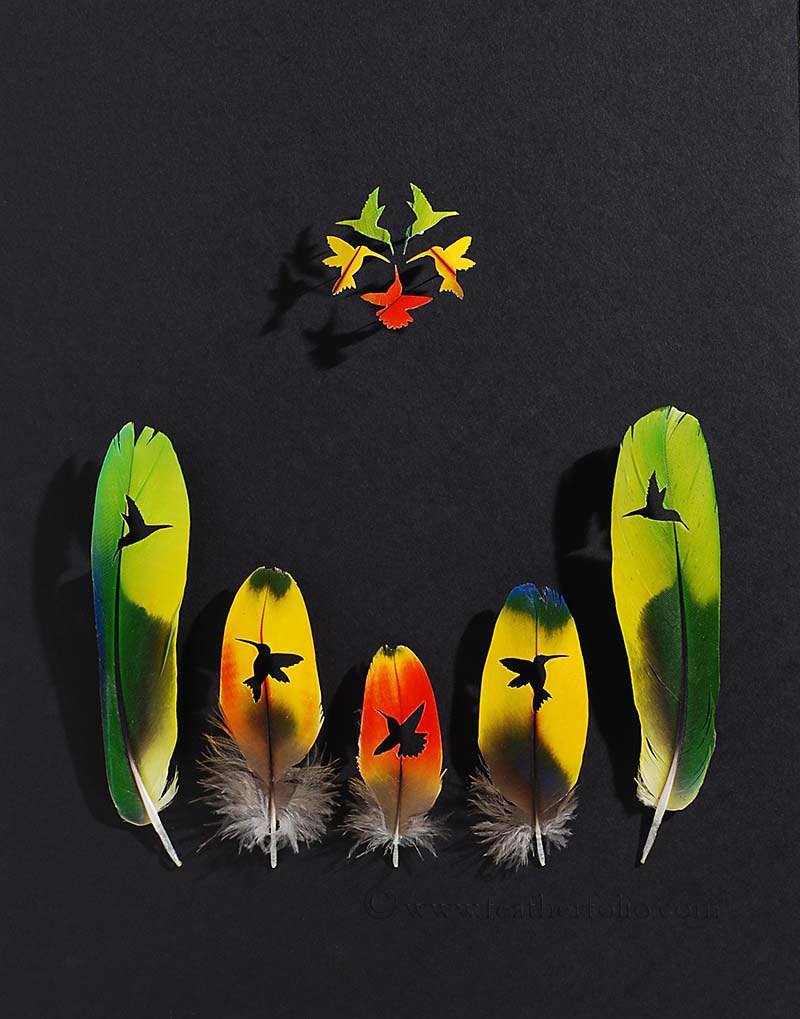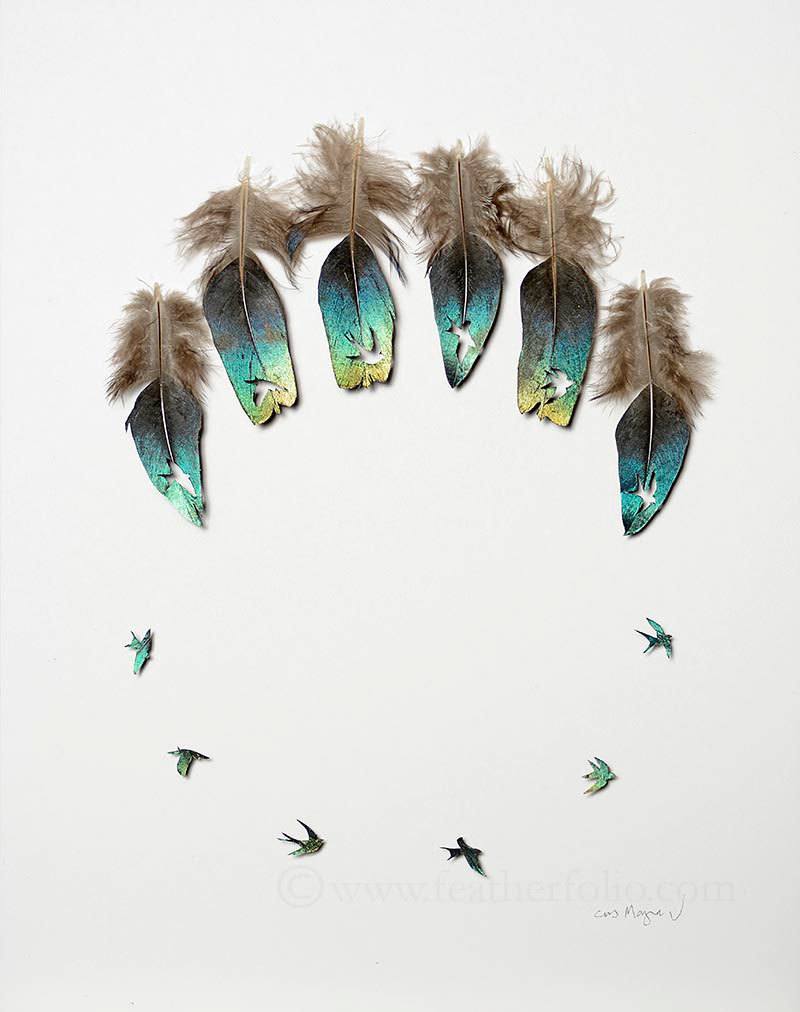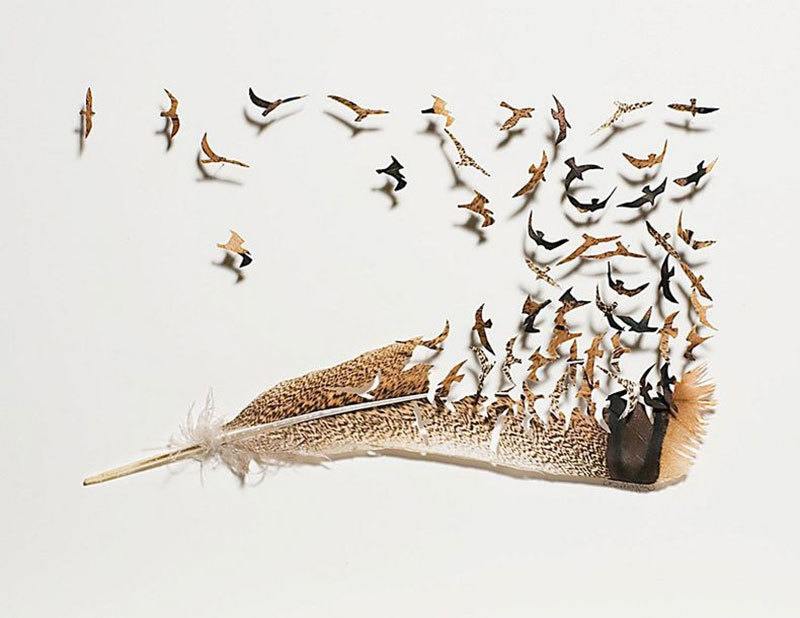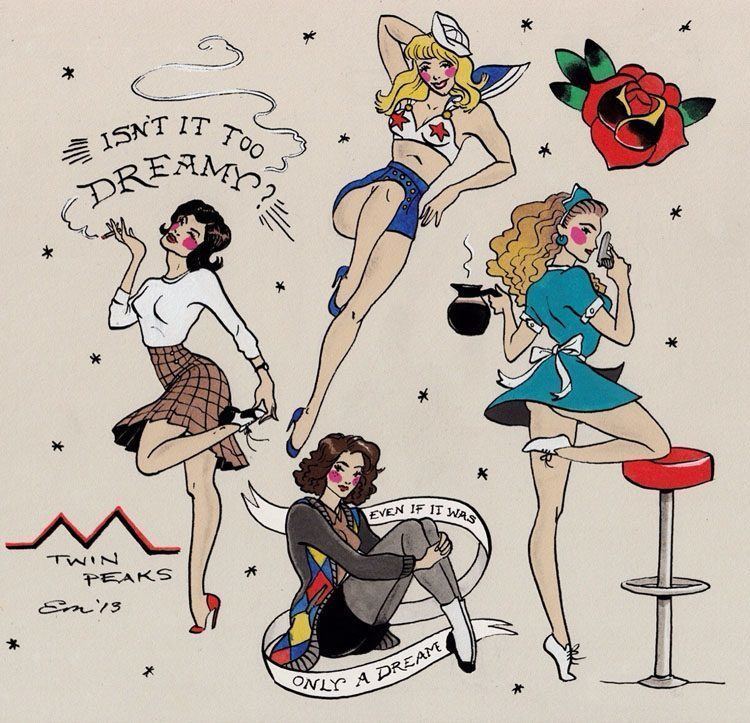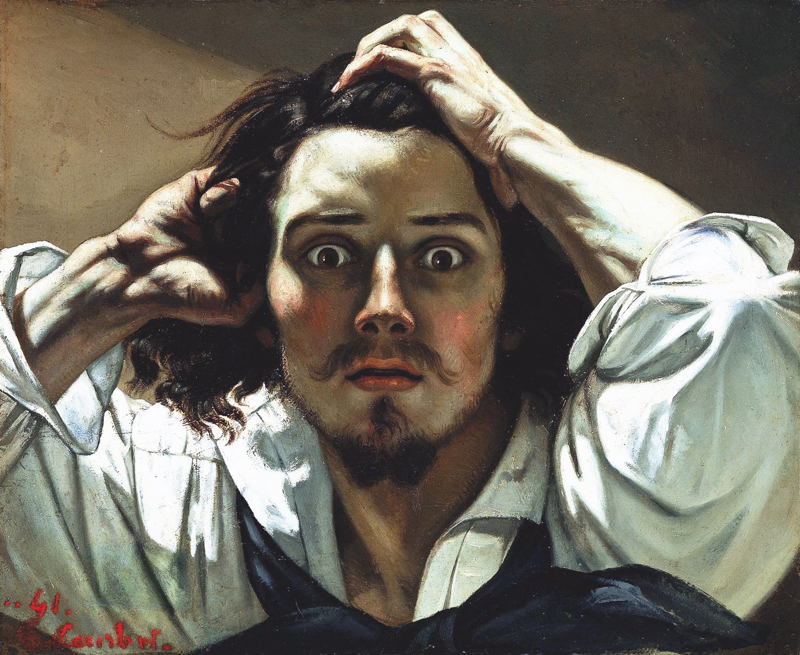Portraiture saw its artistic heyday in the 18th century, when royalty enlisted the world’s greatest artists to convey their monarchial power and immortalize themselves on canvas. Nowadays, self-portraiture and its associated egoism aren’t just for the wealthy; they’re owned by the people. With advances in technology and changes in social norms, the common man grasps at immortality using the self-portrait or selfie—this time not shared through the royal courts but social media.
![Selfie History Harrington]()
Reynolds’ Countess of Harrington appears ethereal. Source: Wikimedia
English artist Joshua Reynolds would promote the idea of the grand style, an idealization of the imperfect that descended from the aesthetic of classical art. Reynolds’ subjects were painted in grandiose styles with the dignity of their stature in society, which wasn’t always a true reflection of their appearance or demeanor. Like Instagram’s new pastel filter, Aden, Reynolds’ and many other artists’ paintbrushes covered over the harsh realities of bad skin, fuzzy hair and mortality.
![Selfie History Cleves]()
Henry VIII did not believe the portrait of Anne of Cleves was accurate. Source: Wikimedia
Royals would also commission paintings so they could see their betrothed prior to marriage. It wasn’t uncommon for royalty to marry sight unseen, so paintings were sometimes used to determine if a bride was good looking enough for a king. However, in the case of Anne of Cleves, Henry VIII was sorely disappointed.
Self-portraits were common among artists, but did not become a dominant feature in bodies of work until the Early Renaissance, when mirrors were made smaller and cheaper. These early painted selfies provided artists an opportunity to study facial expressions, particularly ones they might not see from their clients, as in the case of Joseph Ducreux. Artists painted themselves as a practice in art, a study in transcendence.
![Selfie History Courbet]()
Gustave Courbet captures his desperation as a young artist. Source: Wikimedia
Self-portraiture also gave the artist a chance to self-scrutinize, an important part of the humanist movement associated with the Renaissance in Europe. According to early humanist beliefs, only through knowledge of the self will one find God.
Durer’s self-portrait is apropos of this concept, depicting him in a Christ-like fashion. Durer later depicted Christ in sketches and paintings, but seemingly used his own face as the face of Jesus. Some art scholars believe Durer may have actually been claiming the artists’ role as supreme creator, which is groundbreaking, as this is 400 years before Yeezus.
Self-portraits have a longer history in Asian art. Poets and painters associated with Zen Buddhism produced semi-caricatured self-portraits, while those associated with the scholar-gentleman tradition of China were known for doodling small depictions of themselves alongside calligraphy.
Women were notable for their self-portraiture as they often lacked access to the same salons that upper society males had, especially for nudes in Europe. Women were banned from observing nude models in the salon until the 20th century.
Frida Kahlo, while not a contemporary of Durer, ignited the early 1900s with her style of self-portraiture, which realistically captured herself and her loneliness. Kahlo was critical and didn’t shy away from portraying her moustache or thick eyebrows, which nowadays would get you on The Worst Dressed List. She also stated that she painted so many self-portraits because she was often alone. What does that say for those Facebook users with hundreds of selfies?
![Selfie History Goya]()
Francisco Goya paints himself painting the family of Don Luis. Source: Wikimedia
Some artists even hid themselves in paintings as part of the crowd or reflected in a mirror. This appears as a cheeky joke, a nod to oneself as an artist…or creator?
However, this has little in common with the current trend of the selfie, a photograph taken of oneself, usually through a camera phone that inevitably sports a weird angle, a duck face or something going on in the background that is probably more important than your head.
The post Don’t Blame Millennials For Selfies; Blame 18th Century Monarchs appeared first on All That Is Interesting.

